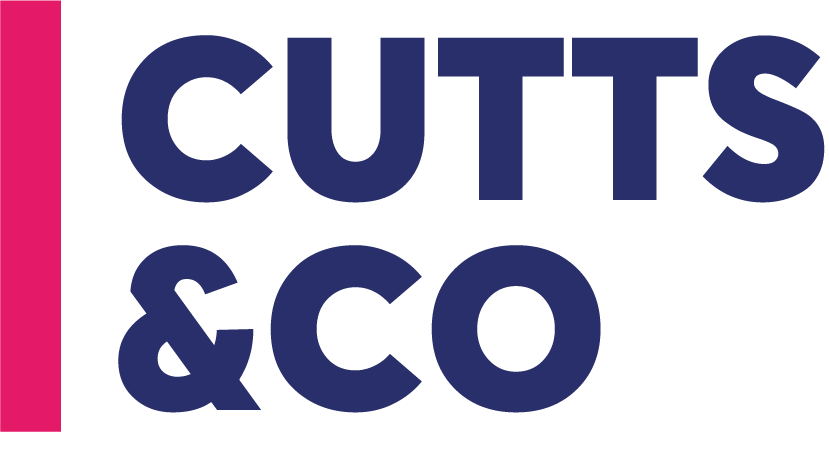The Employment Allowance is a significant relief offered to eligible businesses in the UK. It allows them to reduce their annual National Insurance (NI) bill by up to £5,000 for the tax year.
This guide aims to enhance your understanding of the allowance, its eligibility criteria, and how to claim it. This is particularly important for owners of small and medium-sized businesses who can significantly benefit from this allowance.
Employers must pay Class 1 secondary National Insurance Contributions (NIC) on employees’ earnings through the PAYE system. The rate of employers’ NIC is 13.8% and is payable on earnings above the secondary threshold. For 2024/25, the secondary threshold is £758 per month, or £9,100 per year. Employers are responsible for paying NIC to HM Revenue & Customs (HMRC).
What is Employment Allowance?
Introduced by the Government in 2014, the Employment Allowance is available to eligible businesses to help reduce their annual National Insurance bill. This allowance enables businesses to lower their NIC liability, thus cutting down on business costs.
The allowance offers a maximum of £5,000 per year, providing substantial cost savings for your business. This financial relief can help businesses reinvest in their operations, hire more staff, or simply reduce their overall tax burden.
Who is eligible for Employment Allowance?
To qualify for the Employment Allowance, your business must meet certain criteria. These include:
- You are a business or charity.
- Your employers’ NIC liability was less than £100,000 in the previous tax year.
You must not be:
- A public body or business conducting more than half your work in the public sector (e.g., local councils and NHS services).
- A company with only one employee earning above the Class 1 National Insurance secondary threshold, where that employee is also a director of the company.
How to claim Employment Allowance
Claiming the Employment Allowance is straightforward. Here is a step-by-step guide:
- Ensure eligibility: First, verify that your business meets the eligibility criteria detailed above.
- Payroll software: Use your payroll software to tick the ‘Employment Allowance indicator field’ the next time you complete your payroll and send an Employer Payment Summary (EPS).
- Manual claiming: If your payroll software does not support this, you can use Basic PAYE Tools.
When to claim Employment Allowance
You can claim the Employment Allowance at any time during the tax year without needing to have applied before it begins. The sooner you claim the allowance, the quicker your business can start saving money.
If you missed a claim, you can ask HMRC to apply any unclaimed allowance against tax or NIC you owe. Alternatively, you can arrange for a refund if you do not owe anything.
You can claim the Employment Allowance for the previous four tax years if you did not at the time.
What is de minimis state aid?
The Government provides financial support known as de minimis state aid, which includes Employment Allowance. Limits exist for how much de minimis state aid some businesses can receive over a three-year period. If they exceed the limits, they cannot claim Employment Allowance.
FAQs
Can directors claim employment allowance? Companies with only one employee, who is also a director, cannot claim the allowance.
Can small businesses claim employment allowance? Small and medium-sized businesses with an employers’ NI bill of less than £100,000 can utilise the Employment Allowance.
Can self-employed people claim employment allowance? Self-employed individuals paying Class 2 and Class 4 National Insurance contributions are not eligible for the Employment Allowance. The allowance is used only against Class 1 secondary National Insurance liability.
For further assistance or more detailed information, contact Cutts and Co Accountants.



